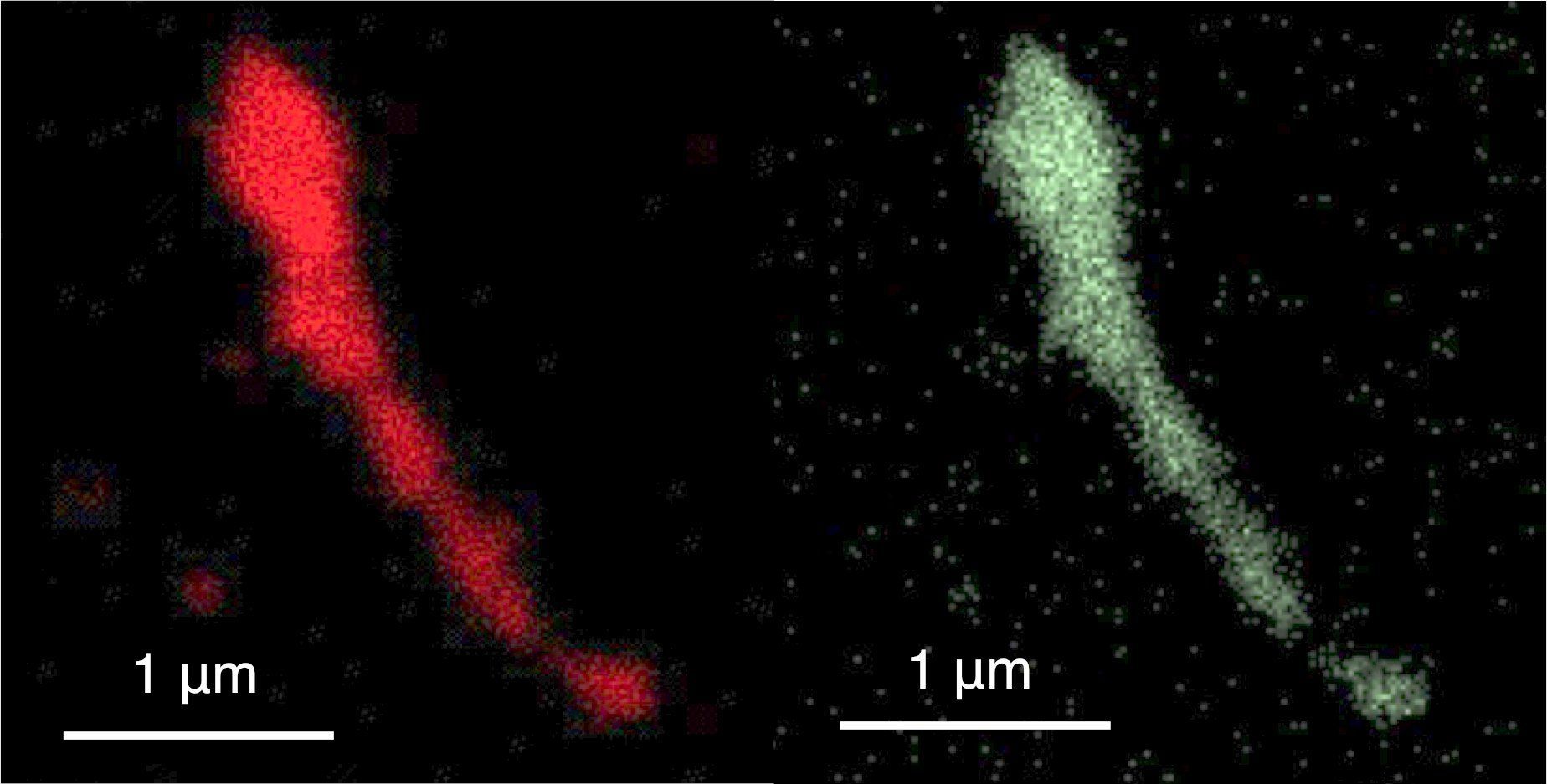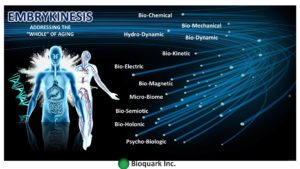Some of physics’ remaining secrets may actually relent through the human senses.
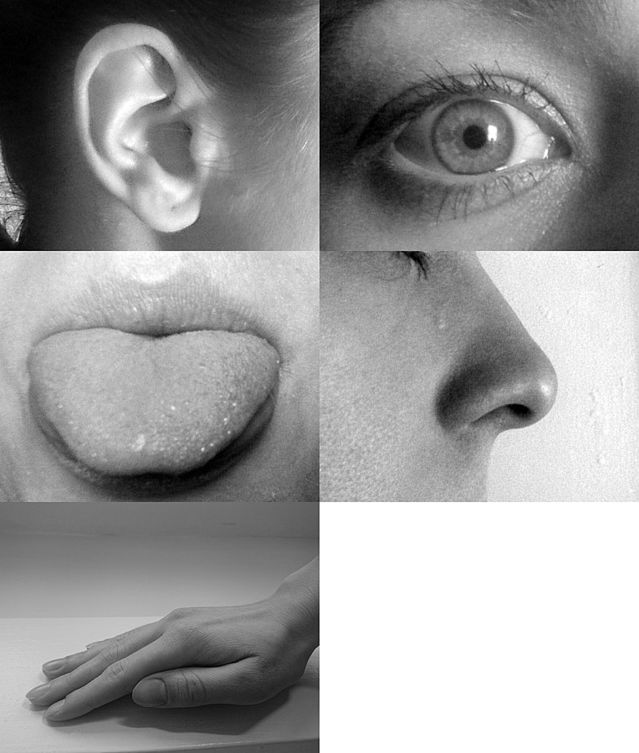

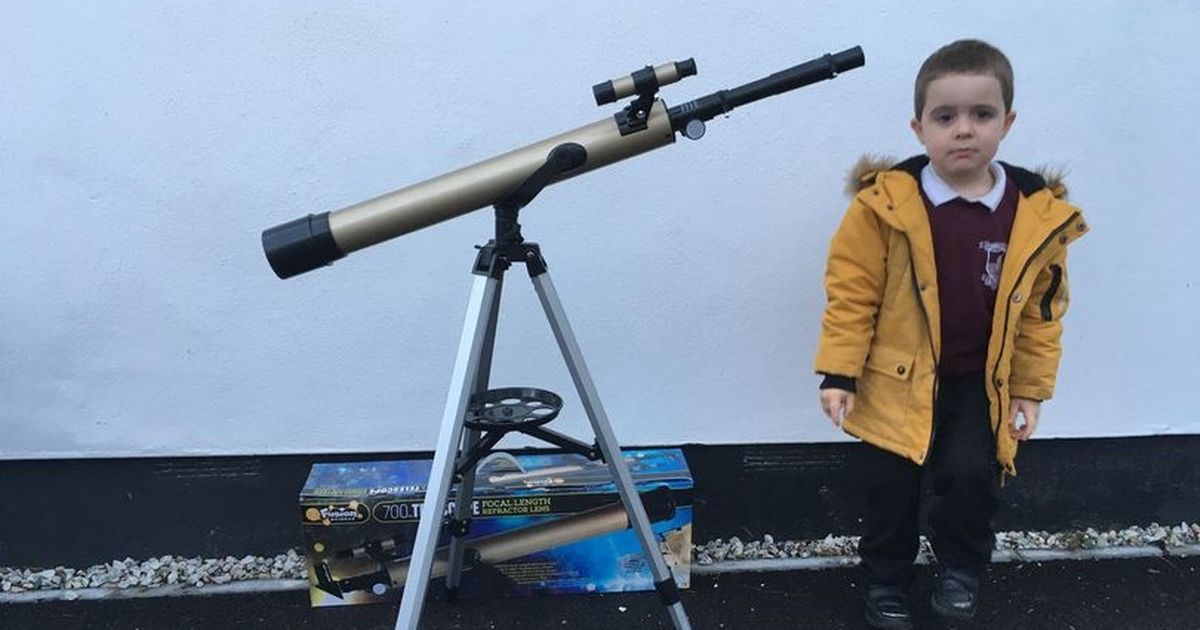
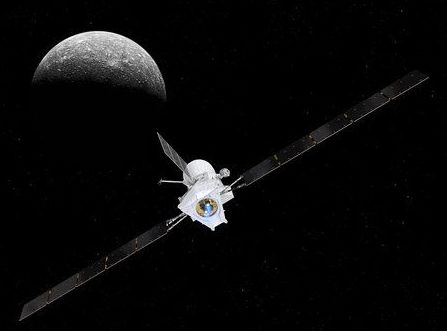
#BepiColombo’s thrusters have fired in space for the FIRST TIME. The electric ion propulsion ‘jetpacks’ are now ready for routine firing from mid-December onwards, steering BepiColombo on its interplanetary trajectory ahead of its swingby of Earth in April 2020. See https://www.esa.int/Our_Activities/Operations/BepiColombo_now_firing_on_all_cylinders&h=AT3wWajl5_lNkwB43iCE9mYdDA22bTD1RxvKy4Snplc-PpV5psPxYkyVJ0hRKx2WUB4jUKV55OyWOXcF_zldsXeP37GgK3tCVM07yci3pTH5Ldq-XkHhWM77EN6iIQCxIuUSxO4hz8cs_Owk_B5KuZEaF_OG_xaFc_sBXX-GUsvoLMEBTF7xEw

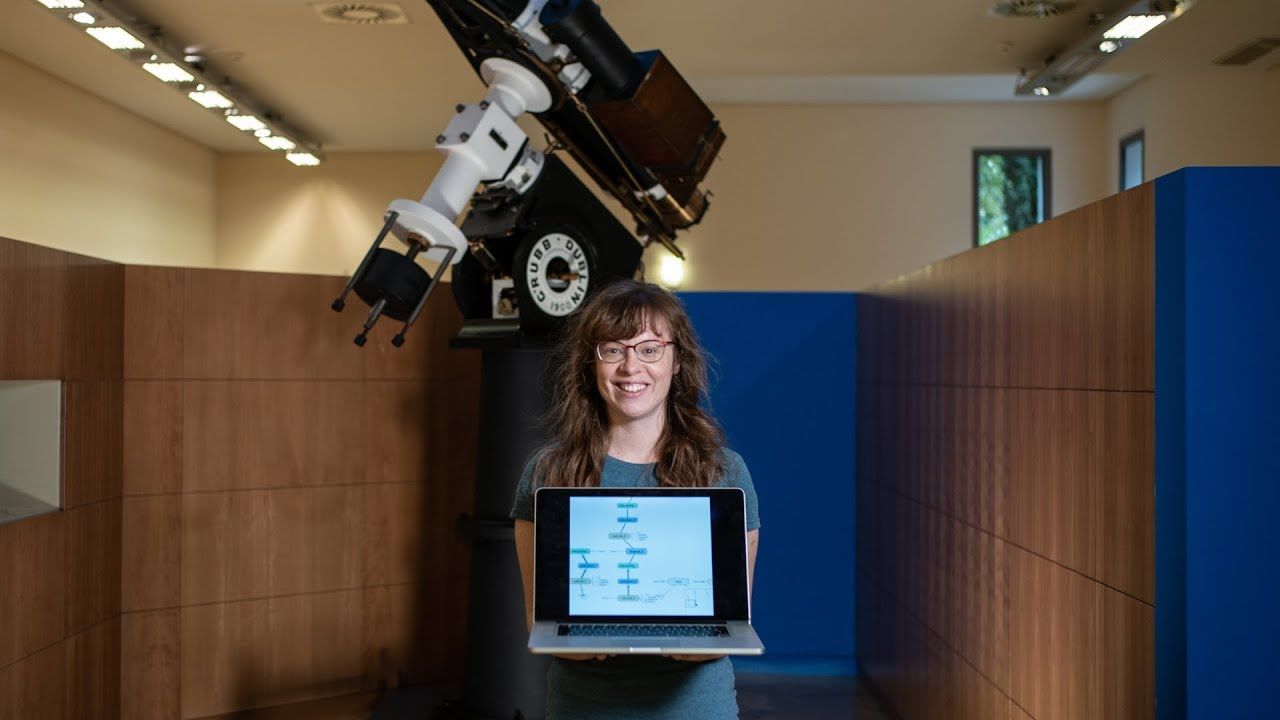
You never know how far your #SpaceApps solution will go! Gema knows that first hand. Hear about her project Deep Asteroid, which was a 2016 finalist, and how she used NASA data and the open-source tool Tensor Flow.
When NASA issued a worldwide challenge to help them better track the asteroids and comets that surround Earth, Gema Parreño answered the call. She used #TensorFlow, Google’s machine learning tool, to create a program called Deep Asteroid, which helps identify and track Near Earth Objects.
Special thanks to the Royal Observatory of Madrid. Learn more about them here: https://www.esmadrid.com/en/tourist-information/real-observatorio-de-madrid?utm_referrer=https%3A%2F%2Fwww.google.com%2F
Watch the next video in the series here: https://youtu.be/watch?v=kBxb-bIJPtw
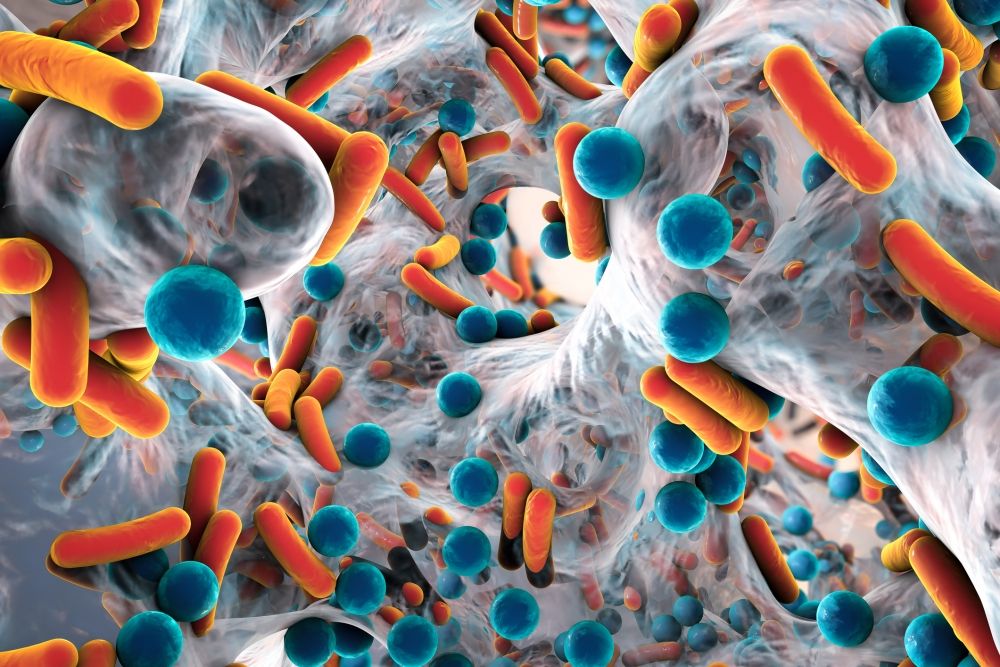
What the study shows, the researchers said, is that the interactions between the bacterial populations are as significant to the host’s overall fitness as their presence — the microbiome’s influence cannot be solely attributed to the presence or absence of individual species. “In a sense,” said Jones, “the microbiome’s influence on the host is more than the sum of its parts.”
The gut microbiome — the world of microbes that inhabit the human intestinal tract — has captured the interest of scientists and clinicians for its critical role in health. However, parsing which of those microbes are responsible for effects on our wellbeing remains a mystery.
Taking us one step closer to solving this puzzle, UC Santa Barbara physicists Eric Jones and Jean Carlson have developed a mathematical approach to analyze and model interactions between gut bacteria in fruit flies. This method could lead to a more sophisticated understanding of the complex interactions between human gut microbes.
Their finding appear in the Proceedings of the National Academy of Sciences.

A surprising way that diet leads risks of stroke and cognitive impairment.
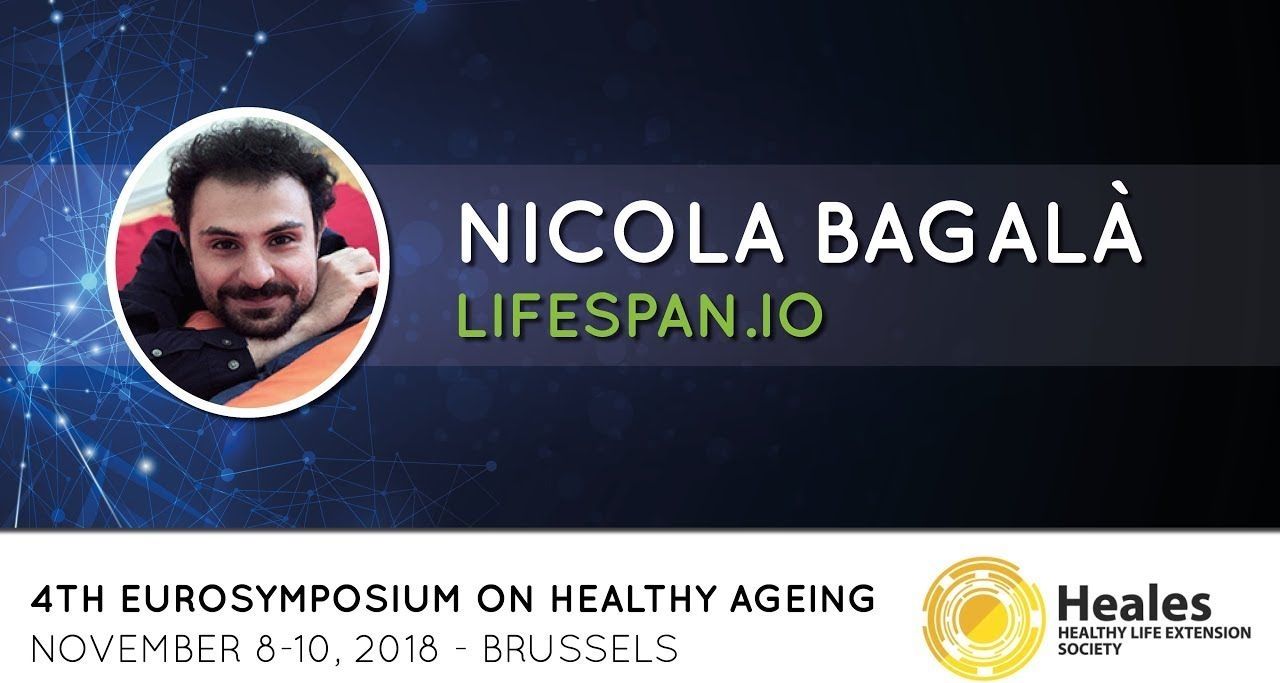
The Fourth Eurosymposium on Healthy Ageing (EHA) was held in Brussels on November 8–10, 2018, and we had the opportunity to give talks about aging, advocacy, and engaging new audiences.
The EHA is a conference hosted every two years by Heales, and it sees like-minded people from the research and advocacy community come together to share knowledge and listen to talks from various researchers and other experts in the field. We were very pleased to be invited to give two presentations during the conference and share our knowledge and experience with the audience there.
LEAF staff writer Nicola Bagalà gave a talk about the social issues relating to rejuvenation biotechnology, including the global need for longer, healthier lives, reasons for public skepticism, and the common pitfalls of advocacy.
